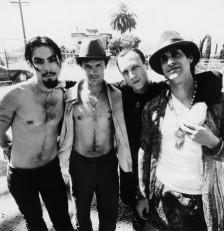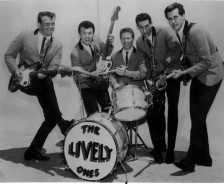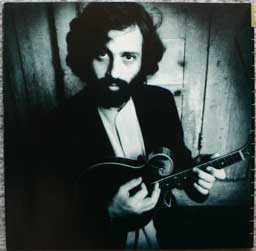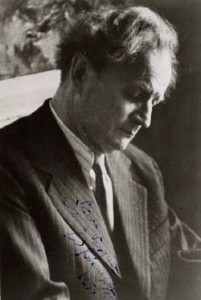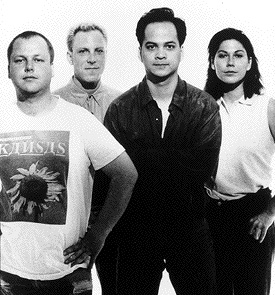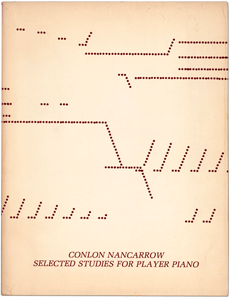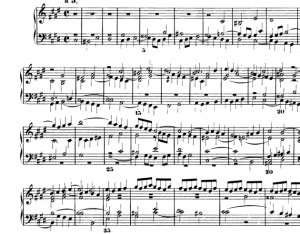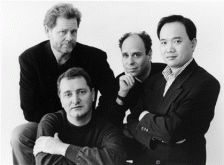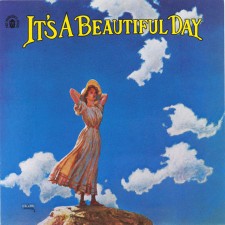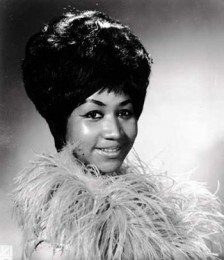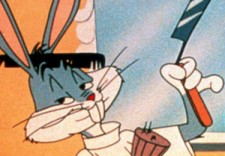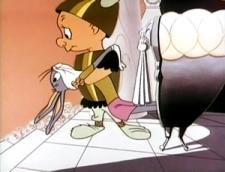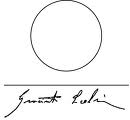Tonight’s rips were mostly a blind grab from the front and back of the shelf… Jane’s Addiction, Jamiroquai, The Jesus and Mary Chain, Annie Lennox, The Lively Ones and Lester Young.
The Lively Ones disc ‘Greatest Surf Hits’ is mostly a compilation of covers of other surf songs with a couple originals thrown in. Lots of reverb, some tremolo, and great tunes. The Lively Ones had a sax player in the group which always made them stand out for me. My main gripe with this CD (and all their CDs, most of which I haven’t purchased yet) was the fact that they were all direct reproductions of the albums. There 12 songs on the disc (standard for US albums in the ‘60s) and it totals 28 minutes. And there are six albums of theirs to buy, and even a few years ago these were full priced. Now – I think this music is rad. I love surf music, and The Lively Ones were one of my favorite bands out of this genre. But 6 discs totally less the three hours of music for $16.99 or $17.99 a pop (and still as full priced $9.99 albums on iTunes)? With minimal work to needed to transfer them to CD? I realize they aren’t going to sell a lot in the first place, but at prices like that, they definitely won’t. It is good to see that they are on eMusic at least, so I imagine I will finally get to grab the rest of the discs. But it is pricing / marketing like this that really is still surprising to me about the music industry. Feels like robbery sometimes. And I wouldn’t be surprised if I could find downloads of this somewhere on the internet… yet this has been a path I have avoided for the most part. And something I am proud to say that I have avoided.
And part of the reason I am thinking about music theft is because of the Jane’s Addiction. About a week into working at Tower, I remember a couple kids acting strange over in the Pop/Rock and Soul racks, and I noticed that the other clerk was lazily keeping an eye on them. They left without buying anything, and when I went over to where they were, there it was. An empty longboard box for ‘Ritual De Lo Habitual’. My first stolen disc. I hadn’t heard Jane’s Addiction yet, but noticed with a grin that track 5 was ‘Been Caught Stealing’. Well – these two guys weren’t. But it made me wonder how good the music must be for someone risk getting caught stealing it. So I picked it up. And it is pretty good. I became mild Jane’s Addiction fans because a couple other kids thought it was good enough to steal. Of course, as my years at Tower would go on (and I would even spend a couple years working loss prevention) I would find out that it wasn’t just good music people would steal. There was also stealing of bad music, stealing out of boredom, stealing out of the challenge of it and stealing to support habits. All of which I saw, and all of which I tend to think about when I put on this album.


